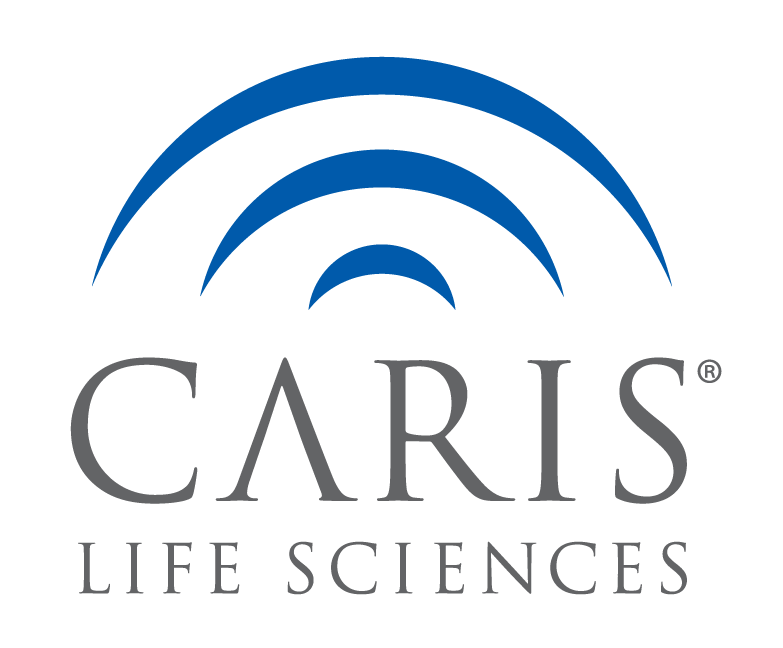Central nervous system (CNS) recurrence is a devastating outcome after initial therapy for diffuse large B-cell (DLBCL) or high-grade B-cell lymphoma (HGBL), yet predicting the risk of CNS recurrence and selecting patients for aggressive CNS-directed prophylaxis remains difficult. In the rituximab era, 2% to 4% of patients with DLBCL/HGBL experience a CNS recurrence.1-4 The CNS International Prognostic Index (CNS-IPI) can identify a higher-risk group (with incidence 10% to 12%), but half of events occur among patients with low/intermediate scores.1 Increased risk observed with the dual-expresser (MYC/BCL2) immunophenotype, double-hit HGBL with MYC and BCL2 and/or BCL6 rearrangements, as well as involvement of the bone marrow, testis, or breast, highlights the need to elucidate biology associated with the CNS invasion potential in DLBCL/HGBL.5-7

Publications
Genomic subtypes may predict the risk of central nervous system recurrence in diffuse large B-cell lymphoma
– Caris Life Sciences
